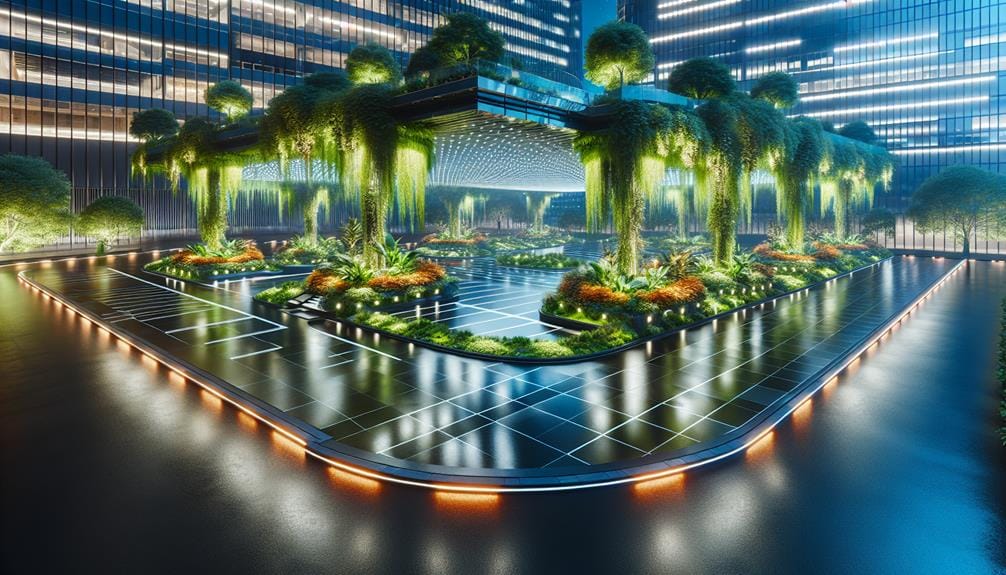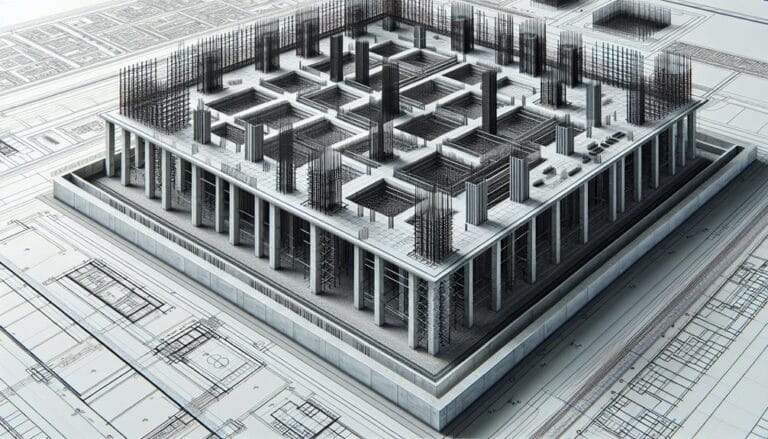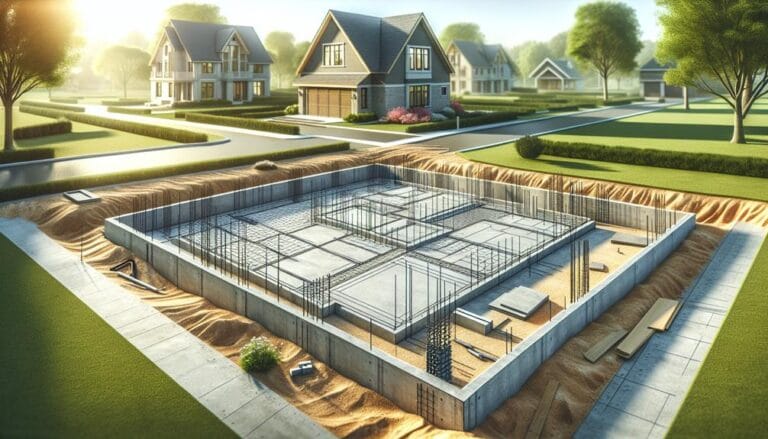Perfect Parking Lot Surfaces for Commercial Spaces
We need parking lot surfaces that balance durability, maintenance costs, and environmental sustainability for commercial spaces. Durability is essential for high-traffic areas, but we also want solutions that reduce long-term expenses. Concrete offers longevity but is pricier to repair, whereas asphalt is cost-effective but requires more frequent repairs. Decorative finishes like stamped concrete provide aesthetic appeal, while permeable pavements and green design elements support ecological balance. By emphasizing durable, low-maintenance, and sustainable options, we can create safer and visually enhanced parking lots. Continue with us as we break down these perfect parking lot surfaces for commercial spaces.
Key Takeaways
- Parking lot safety hinges on vigilance from drivers and pedestrians to prevent accidents and on ensuring effective safety measures such as proper signage and markings.
- Stamped concrete provides durability and aesthetics, resisting wear and tear and delivering cost-effective maintenance.
- Asphalt is cost-effective upfront but has a shorter lifespan, while concrete is more expensive but longer-lasting.
- Upfront costs versus long-term savings should be evaluated when deciding between asphalt and concrete surfaces.
Parking Lot Safety
Parking Lot Safety
When maneuvering through parking lots, we must stay vigilant, as both drivers and pedestrians face risks that could result in accidents or injuries. Inadequate pedestrian safety measures and poor vehicle access control can lead to significant incidents, affecting business reputation and customer trust. It is essential to guarantee that all parking lots adhere to strict safety standards.
To achieve this, we must assess potential hazards, such as slippery surfaces, potholes, and insufficient lighting. Distracted driving, frequent in parking lots, further escalates risks. Effective signage and clear markings are important in directing traffic flow and designating parking spots, thereby reducing the likelihood of collisions. Guaranteeing ADA-compliance for handicapped spaces is also critical, enhancing safety and incorporating accessibility features for all users. By proactively addressing these safety concerns, we can create a well-regulated and secure parking environment that protects both drivers and pedestrians.
Stamped Concrete Parking
Stamped concrete surfaces have become increasingly popular in parking lots due to their durability and aesthetics. As we aim for perfect parking lot surfaces, we must consider this design trend that not only offers visual appeal but also guarantees long-term performance. Stamped concrete parking lots provide a unique combination of durability and decorative flair.
One significant advantage of stamped concrete is its resistance to wear and tear. It can withstand heavy foot and vehicle traffic without showing significant signs of deterioration. This makes it an ideal choice for commercial spaces, especially those with high traffic volumes. Additionally, stamped concrete surfaces are relatively easy to clean and maintain, reducing maintenance costs and workload.
To maintain the appearance and integrity of stamped concrete surfaces, regular sealing is vital. This helps prevent stains and damage from exposure to the elements. Moreover, it is essential to address any cracks promptly to prevent water seepage and damage to the underlying structure. By following these maintenance tips, your stamped concrete parking lot can remain safe, attractive, and functional for years to come.
Asphalt VS. Concrete
Frequently, one of the most debatable decisions in parking lot design is whether to opt for an asphalt or concrete surface, each with its benefits and drawbacks that need to be weighed carefully.
As asphalt and concrete are the two most popular choices, it is essential to compare their durability and maintenance needs. Asphalt, the more commonly used material for parking lots, wins on the cost front, though its lifespan is notably shorter, ranging from 20 to 35 years. Asphalt's dark color also helps to conceal stains, and its repairs are generally easier and more affordable. Furthermore, asphalt can be easily recycled and reused, contributing to its eco-friendliness. On the other hand, concrete stands out for its durability and low maintenance requirements, often lasting as long as 40 years. However, it is more prone to cracking and expensive repairs. Its construction process also tends to be lengthier. Ultimately, the decision between these two surfaces boils down to prioritizing upfront costs, durability, and ongoing maintenance costs, based on your specific parking needs.
Cost-Effective Solutions
When opting for a cost-effective solution, we often find ourselves deciding between the upfront costs of asphalt and the long-term savings of concrete. While asphalt installations tend to be less expensive initially, concrete provides major cost reductions in the long run. This is because concrete surfaces require less maintenance and can last 20 to 40 years or more, whereas asphalt needs regular resealing and resurfacing.
To make an informed decision, it is essential to evaluate the following key points:
- Upfront Costs: Asphalt is generally cheaper to install, with prices under $5 per square foot.
- Maintenance Requirements: Asphalt requires more frequent repairs, which can add to overall expenses.
- Longevity: Concrete can last many decades, reducing the need for frequent replacements.
- Design Flexibility: Both materials offer design options, but concrete is more versatile.
Long-Lasting Surfaces
We want our parking lots to stand the test of time, which is why we need to focus on choosing materials that offer exceptional durability and minimal maintenance. Long-lasting surfaces are key to maximizing the lifespan of our commercial spaces. When it comes to selecting the ideal material, we need to take into account options that can withstand the rigors of heavy traffic and the elements.
Durability testing is vital to ensuring our parking lots remain functional and visually appealing over the years. By incorporating materials with inherent durability, as well as advanced surface treatments, we can greatly extend the life of our parking lots. Proper surface maintenance is also essential to preventing premature wear and tear. This includes regular sealing, crack filling, and pothole repairs to thwart water penetration and erosion.
Furthermore, using materials like permeable pavers and high-quality asphalt can alleviate the need for considerable long-term maintenance. These options offer substantial cost savings by reducing the frequency and complexity of repairs. By prioritizing durability and strategic maintenance, we can create perfect parking lot surfaces that endure and support the success of our commercial spaces.
Decorative Finishing Options
To elevate the aesthetic appeal of our parking lots, let's explore decorative finishing options that can transform these areas into inviting spaces that enhance the overall user experience. While functionality remains key, incorporating visual appeal can greatly impact the user experience.
When it comes to decorative finishing options, a variety of elements can make a significant difference. Here are some techniques we can use:
- Color Selection: Incorporating a thoughtful color scheme can create visual appeal. By selecting colors that align with the surrounding environment or complement the commercial space's branding, we can create a visually cohesive space.
- Texture Variety: Mixing different textures can add depth and visual interest to the area. Combining smooth asphalt with rough-hewn concrete, for example, can create a dynamic visual experience.
- Pattern Integration: Incorporating patterns into the parking lot design can be done through striping, stenciling, or even using different materials. This adds a level of sophistication and can make the area more engaging.
- Landscaping Integration: Incorporating landscaping elements such as plants, trees, or green walls can soften the overall look and create a more inviting environment.
Environmental Benefits
Beyond the visual aspects of our decorative finishing options, we can also realize significant environmental benefits from incorporating thoughtful design elements into our parking lot spaces. One essential aspect of sustainable design is the use of permeable pavements. These innovative surfaces allow rainwater to percolate through the material, reducing stormwater runoff and the risk of water pollution. As we examine the environmental implications of our parking lots, we see that traditional asphalt and concrete contribute to the urban heat island effect and exacerbate air and water pollution.
Frequently Asked Questions
Why Are Handicap Spots Often Constructed With Concrete, Not Asphalt?
We often find handicapped parking spots constructed with concrete because it provides better traction, reducing the risk of slips and falls, and is more durable than asphalt, ensuring long-term accessibility without frequent repairs.
Can Pervious Materials Be Used for Large Commercial Parking Lots?
We ponder if porous pavement can prevail for massive commercial lots. Indeed, pervious materials boast benefits like enhanced drainage efficiency, consequently we opt for these innovative solutions, ensuring a smoother surface for users.
Are Vacuum-Cleaning Maintenance Routines Necessary for Pervious Pavement?
"Yes, we've found that semiannaual vacuum cleaning helps maintain pavements' longevity by preventing clogging and reducing maintenance costs."
How Do Environmental Regulations Influence Parking Lot Material Choice?
We notice that regulations are shifting towards sustainability. For instance, some states, like New Jersey, are making it mandatory to implement measures like pervious pavement to meet new stormwater regulations, ensuring better runoff management.
Is It Possible to Combine Different Materials for Optimal Parking Lots?
When building a parking lot, we can combine different materials for ideal results. For instance, using permeable pavers for durability and grass parking lots for aesthetics, we maximize drainage and create visually appealing surfaces with improved surface durability.







